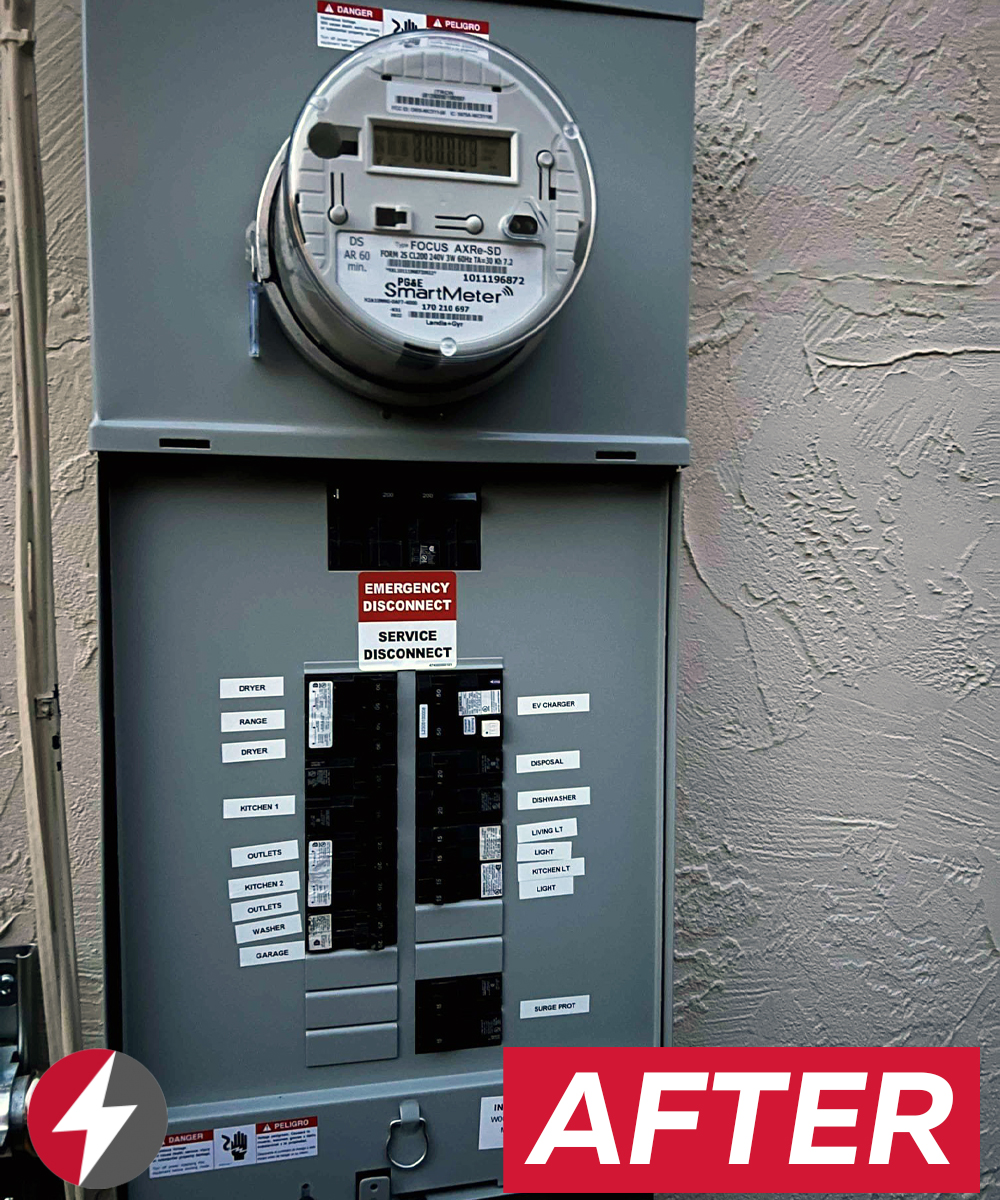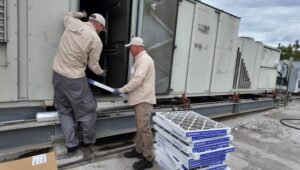Picture this: you’re about to blend a smoothie, plug in your blender, but nothing happens. Your outlet’s not working. Frustrating, isn’t it? In today’s fast-paced world, a non-functional outlet can disrupt our daily rhythm. But fear not! In this article, we’ll embark on a journey through the labyrinth of electrical troubleshooting, unraveling the mysteries behind an electrical outlet not working. Let’s get into the potential culprits and solutions with a blend of expertise and simplicity.
Electrical Outlet Not Working: What Could Be the Issue?
- Circuit Overload: Often, the problem is as simple as an overloaded circuit. When too many appliances vie for power, the circuit breaker trips, cutting off electricity to prevent damage. It’s like a party where too many guests show up, and someone has to close the door to keep the house safe.
- Faulty Wiring: Over time, wires can wear out, loosen, or disconnect. Imagine the wiring as the veins of your house. If there’s a blockage or a break, the electrical ‘blood flow’ stops.
- Tripped GFCI Outlet: GFCI (Ground Fault Circuit Interrupter) outlets are designed to protect you from electrical shocks. They’re like vigilant guardians, shutting down at the slightest risk.
- Burnt Outlets: Sometimes, outlets burn out due to heavy usage or electrical surges. They’re like tired athletes who’ve run one race too many.
- Switched Outlets: Surprisingly, some outlets are controlled by wall switches. It’s akin to having a secret door that only opens with the right key – the switch!
- Aged Outlets: Like everything else, outlets age. An old outlet might retire from its duties, requiring replacement.
- External Factors: Power outages or issues with your utility service can also lead to non-working outlets. It’s as if the whole neighborhood decides to take a nap, and your outlet joins in.

Diagnosing an Electric Outlet Not Working: Step-by-Step Analysis
Step 1: Safety First
Always turn off the power before investigating. It’s like putting on armor before heading into battle.
Step 2: Check the Circuit Breaker
Look thoroughly for a tripped breaker inside your electrical panel. It’s like checking all the doors when you hear a noise in the night.
Step 3: Test Other Outlets
Check if other outlets are working. This helps determine if it’s a solo problem or a group outage.
Step 4: Reset GFCI Outlets
Find any GFCI outlets and press the reset button. It’s like rebooting your computer when it hangs.
Step 5: Inspect the Outlet
Look for signs of wear, tear, or burning. Approach it like a detective examining clues.
Step 6: Test with a Multimeter
Use a multimeter to check for power. It’s the stethoscope in your electrical first-aid kit.
Step 7: Seek Professional Help
If all else fails and an electrical outlet not working still, call a residential electrician. Sometimes, it’s best to leave it to the wizards of wiring.
Why Are My Outlets Not Working: Hidden Factors to Consider
When facing the issue of electric outlet not working, it’s pivotal to unearth the underlying causes. Electrical quandaries, often cloaked in obscurity, demand a meticulous approach.
- Circuit Overload: In our modern era, a surfeit of gadgets can strain a circuit. Picture a chorus of devices, all clamoring for power, leading to an overwhelmed circuit that trips.
- GFCI Reset: Ground Fault Circuit Interrupters (GFCI) are the vigilant guardians against electrical hazards. A simple reset of these devices can often resurrect a dead outlet.
- Loose Wiring: Time and use can loosen electrical connections, like the gradual unraveling of a tightly wound thread.
- Faulty Devices: Sometimes, the culprit is the device itself. A malfunctioning appliance can mimic an outlet failure.
- Tripped Breakers: Like a cautious sentinel, a circuit breaker may trip, necessitating a visit to the electrical panel.
- Outdated Wiring: Aging homes whisper secrets of outdated wiring, potentially leading to inconsistent outlet performance and you wondering “Why is my outlet not working?”
- Environmental Factors: Humidity, heat, or cold can be stealthy adversaries to electrical systems.
Tripped Breakers: A Silent Sentinel in Your Electrical System
A tripped breaker often remains unnoticed, like a silent guardian who has acted to protect. Resetting a tripped breaker is akin to resetting a watch; it’s a simple yet crucial action.
Table 1: Tripped Breaker vs. Intact Breaker
| Condition | Tripped Breaker | Intact Breaker |
|---|---|---|
| Position | Off-center | Firmly on or off |
| Response | Requires reset | Functions normally |
| Indicator | Often a red or orange marker visible | No marker |
Professional Assistance for Electrical Outlet Problems

In the labyrinth of wires and circuits, a professional electrician emerges as a guiding light. Their expertise is not merely a luxury but a necessity in deciphering the cryptic language of electricity.
- Safety First: An electrician’s role transcends mere repair; they are custodians of safety.
- Diagnosis: With tools and knowledge, they unravel the complexities of electrical issues.
- Long-Term Solutions: Beyond immediate fixes, electricians ensure the resilience of your home’s electrical system.
Conclusion
As you can see, there might be multiple reasons for you to wonder “Why are my outlets not working?” But be not afraid: with some guidance from our blog as well as the help of our professional electricians, you can get your outlets up and running in no time. Call us today if you require assistance with any of your electrical appliances. You can reach out to us via (669) 242-5354 or support@fuseservice.com. Looking forward to helping you!






